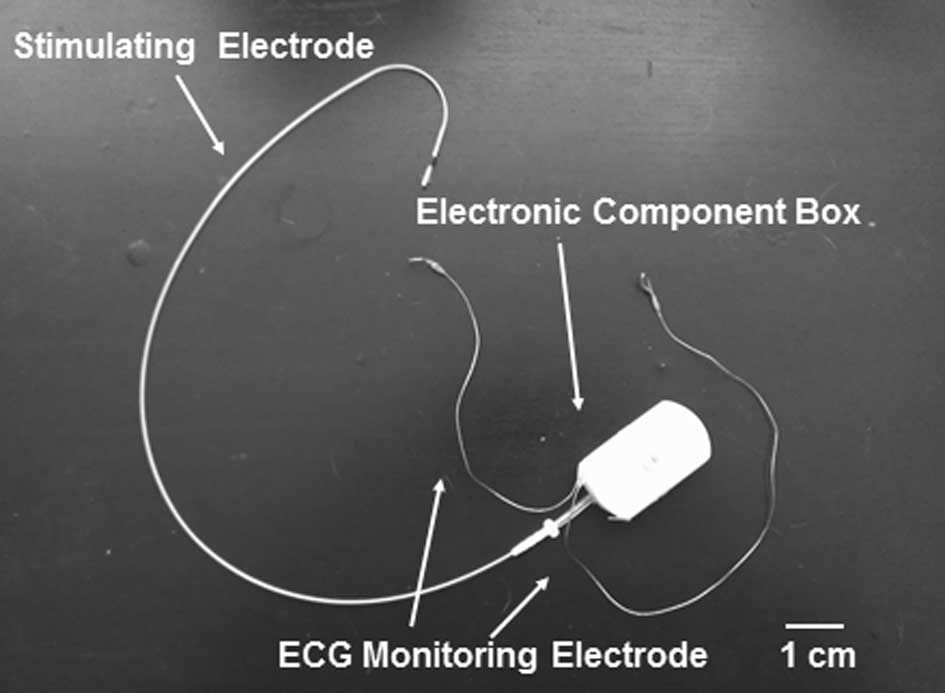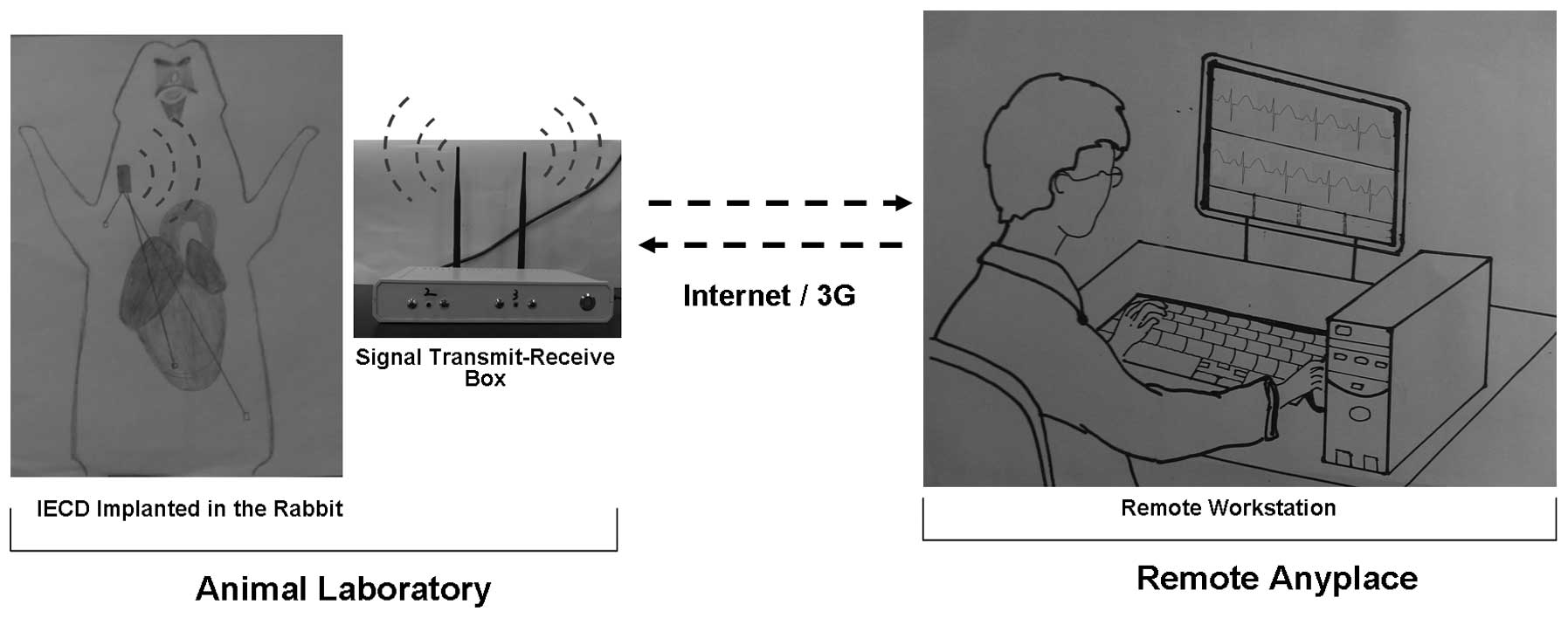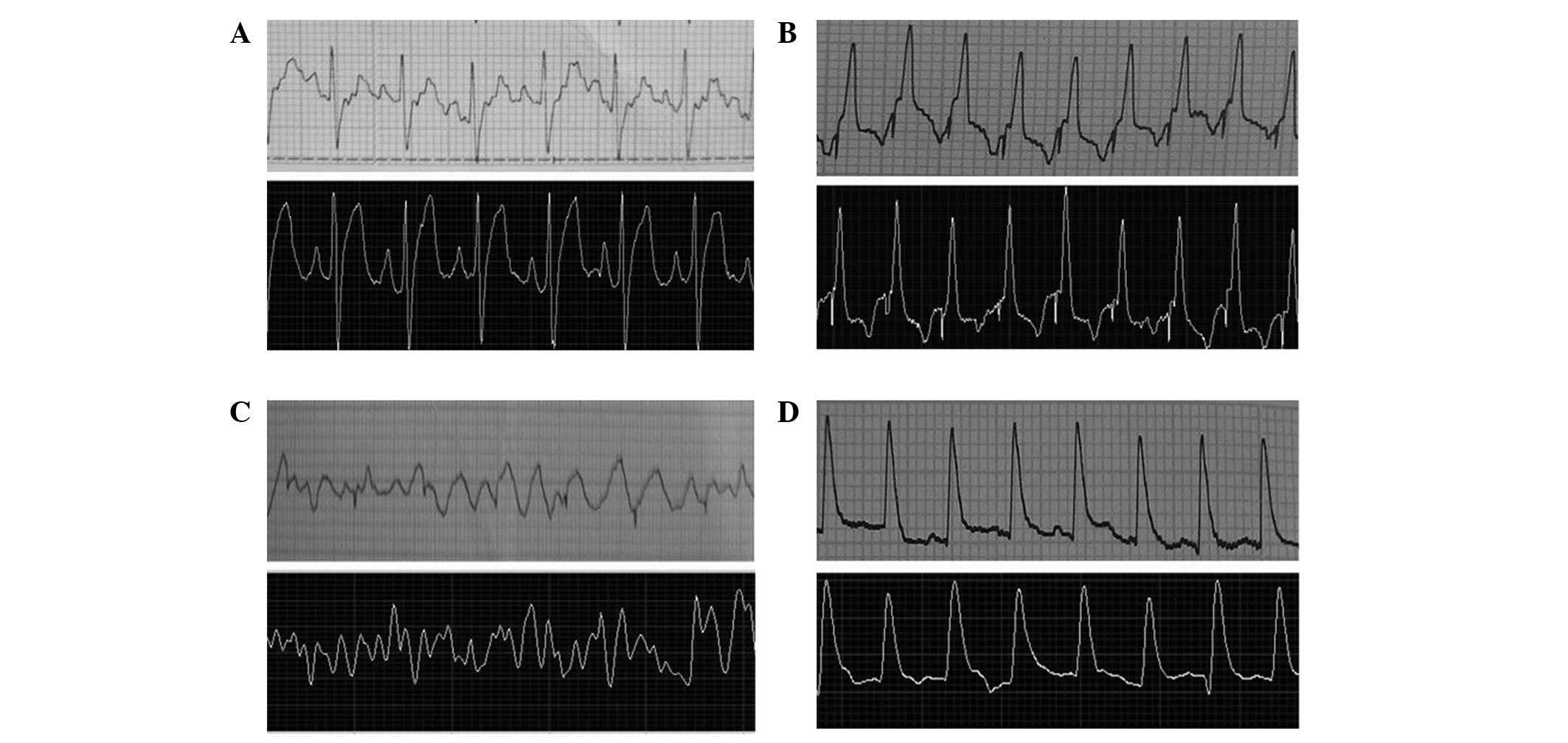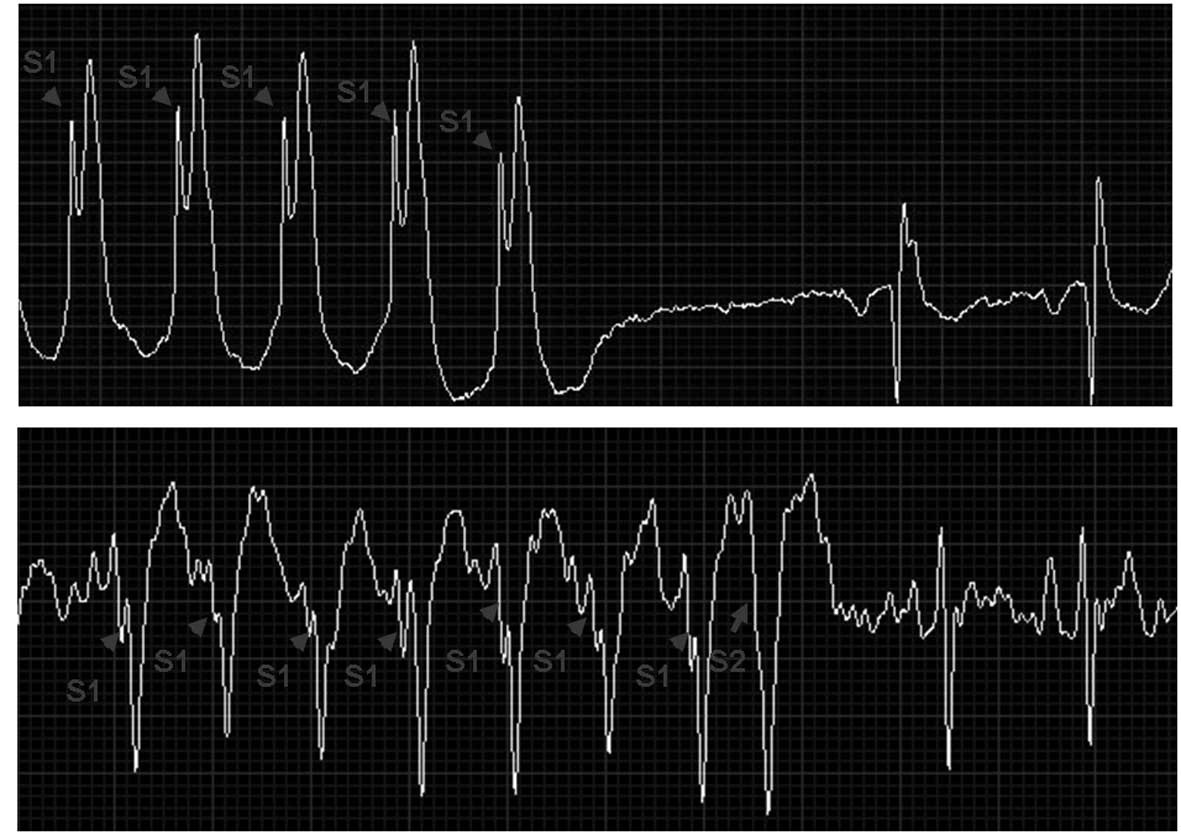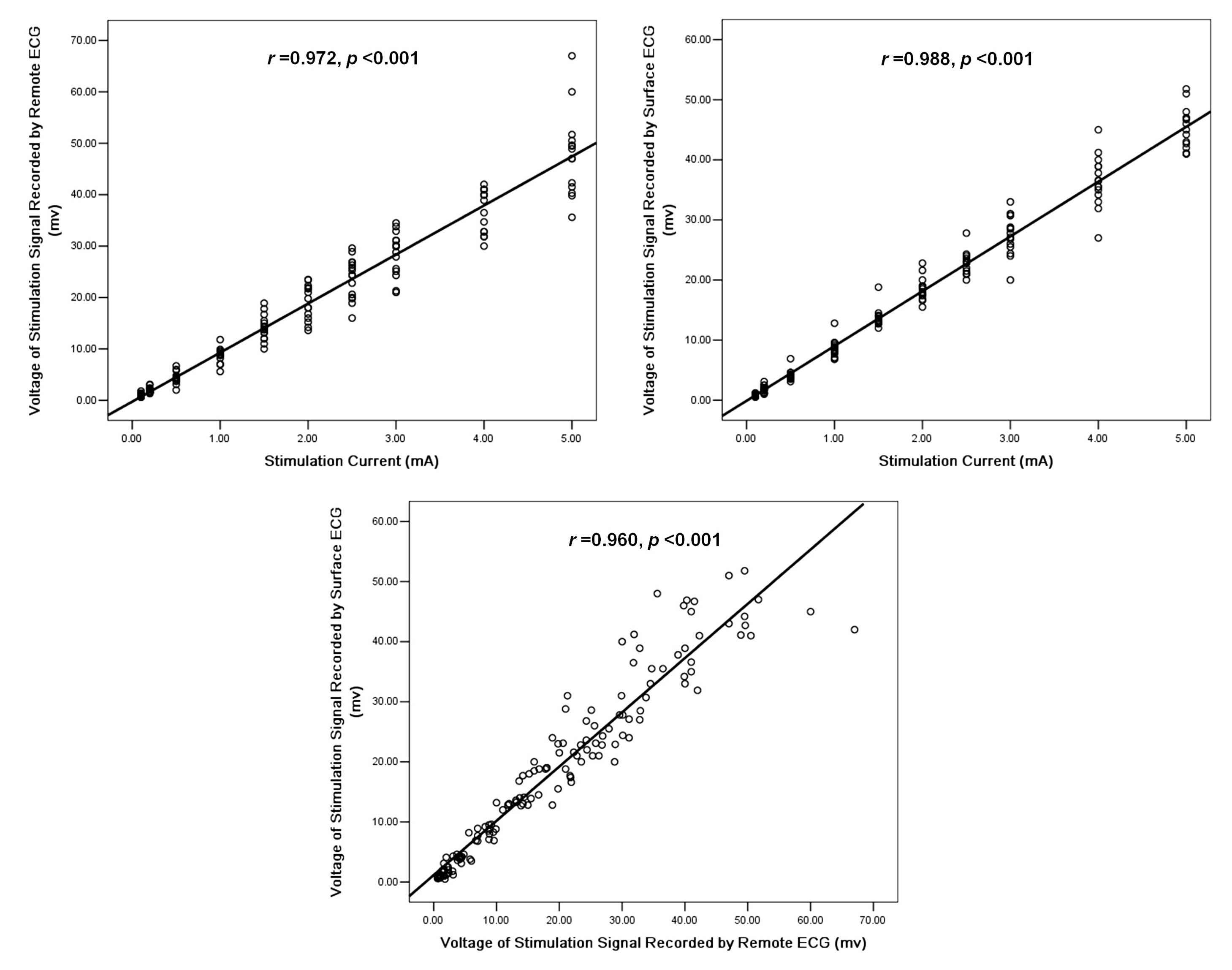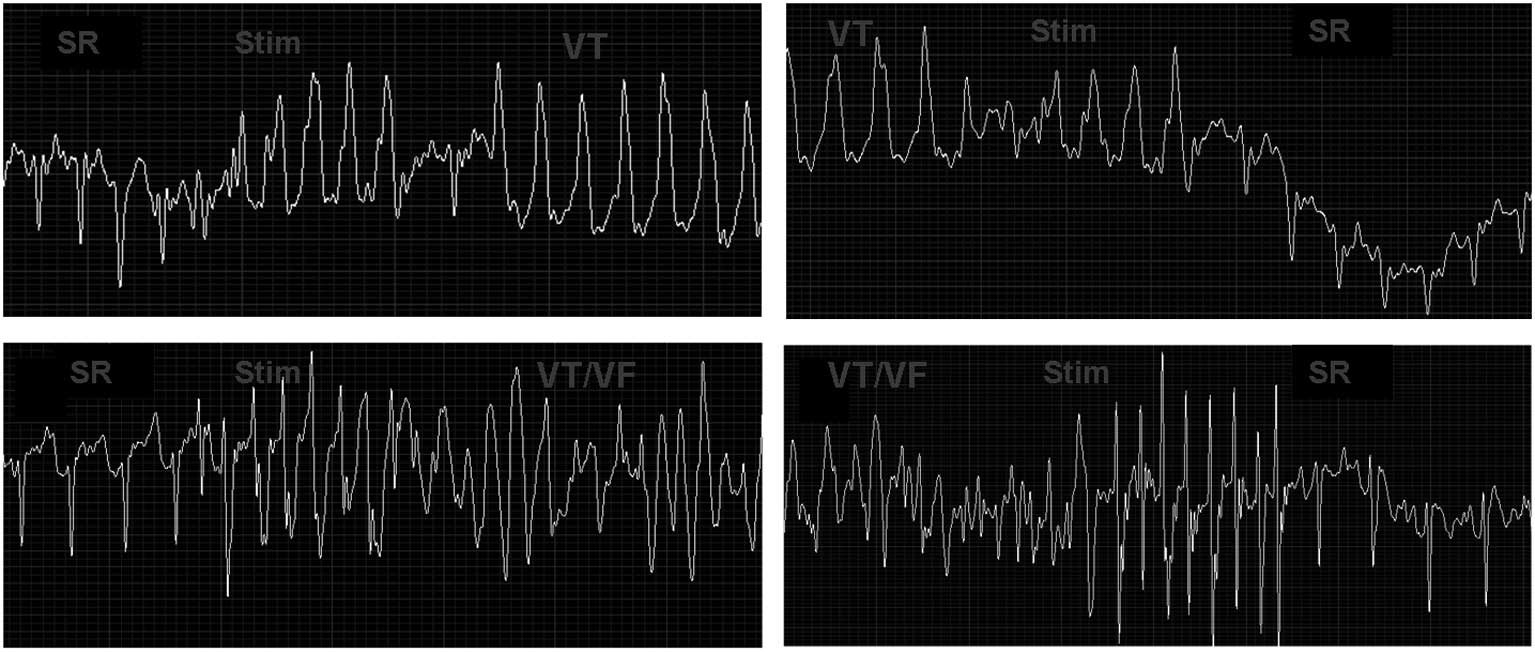|
1
|
Zipes DP, Camm AJ, Borggrefe M, et al;
American College of Cardiology/American Heart Association Task
Force; European Society of Cardiology Committee for Practice
Guidelines; European Heart Rhythm Association; Heart Rhythm
Society. ACC/AHA/ESC 2006 guidelines for management of patients
with ventricular arrhythmias and the prevention of sudden cardiac
death: a report of the American College of Cardiology/American
Heart Association Task Force and the European Society of Cardiology
Committee for Practice Guidelines (writing committee to develop
guidelines for management of patients with ventricular arrhythmias
and the prevention of sudden cardiac death): developed in
collaboration with the European Heart Rhythm Association and the
Heart Rhythm Society. Circulation. 114:e385–e484. 2006.
|
|
2
|
McNally B, Robb R, Mehta M, et al; Centers
for Disease Control and Prevention. Out-of-hospital cardiac arrest
surveillance - Cardiac Arrest Registry to Enhance Survival (CARES),
United States, October 1, 2005 - December 31, 2010. MMWR Surveill
Summ. 60:1–19. 2011.PubMed/NCBI
|
|
3
|
Hayes MM, Berg RA and Otto CW: Monitoring
during cardiac arrest: are we there yet? Curr Opin Crit Care.
9:211–217. 2003. View Article : Google Scholar : PubMed/NCBI
|
|
4
|
Arzbaecher R, Hampton DR, Burke MC and
Garrett MC: Subcutaneous electrocardiogram monitors and their field
of view. J Electrocardiol. 43:601–605. 2010. View Article : Google Scholar : PubMed/NCBI
|
|
5
|
Giada F, Gulizia M, Francese M, et al:
Recurrent unexplained palpitations (RUP) study: comparison of
implantable loop recorder versus conventional diagnostic strategy.
J Am Coll Cardiol. 49:1951–1956. 2007.PubMed/NCBI
|
|
6
|
Furukawa T, Maggi R, Bertolone C, et al:
Effectiveness of remote monitoring in the management of syncope and
palpitations. Europace. 13:431–437. 2011.PubMed/NCBI
|
|
7
|
De Ruvo E, Gargaro A, Sciarra L, et al:
Early detection of adverse events with daily remote monitoring
versus quarterly standard follow-up program in patients with CRT-D.
Pacing Clin Electrophysiol. 34:208–216. 2011.PubMed/NCBI
|
|
8
|
Perings C, Bauer WR, Bondke HJ, et al:
Remote monitoring of implantable-cardioverter defibrillators:
results from the Reliability of IEGM Online Interpretation (RIONI)
study. Europace. 13:221–229. 2011. View Article : Google Scholar : PubMed/NCBI
|
|
9
|
Sacher F, Probst V, Bessouet M, et al:
Remote implantable cardioverter defibrillator monitoring in a
Brugada syndrome population. Europace. 11:489–494. 2009. View Article : Google Scholar : PubMed/NCBI
|
|
10
|
Spencker S, Coban N, Koch L, et al:
Potential role of home monitoring to reduce inappropriate shocks in
implantable cardioverter-defibrillator patients due to lead
failure. Europace. 11:483–488. 2009. View Article : Google Scholar : PubMed/NCBI
|
|
11
|
Wathen M: Implantable cardioverter
defibrillator shock reduction using new antitachycardia pacing
therapies. Am Heart J. 153(4 Suppl): 44–52. 2007. View Article : Google Scholar : PubMed/NCBI
|
|
12
|
Sweeney MO, Wathen MS, Volosin K, et al:
Appropriate and inappropriate ventricular therapies, quality of
life, and mortality among primary and secondary prevention
implantable cardioverter defibrillator patients: results from the
Pacing Fast VT REduces Shock ThErapies (PainFREE Rx II) trial.
Circulation. 111:2898–2905. 2005. View Article : Google Scholar
|
|
13
|
Roya S and Wang X: Wireless multi-channel
single unit recording in freely moving and vocalizing primates. J
Neurosci Methods. 203:28–40. 2012. View Article : Google Scholar : PubMed/NCBI
|
|
14
|
Reek S, Bicknell JL, Walcott GP, et al:
Inducibility of sustained ventricular tachycardia in a closed-chest
ovine model of myocardial infarction. Pacing Clin Electrophysiol.
22:605–614. 1999. View Article : Google Scholar : PubMed/NCBI
|
|
15
|
Acosta-Lobos A, Riley JP and Cowie MR:
Current and future technologies for remote monitoring in cardiology
and evidence from trial data. Future Cardiol. 8:425–437. 2012.
View Article : Google Scholar : PubMed/NCBI
|
|
16
|
Sanchez-Ross M, Oghlakian G, Maher J, et
al: The STAT-MI (ST-Segment Analysis Using Wireless Technology in
Acute Myocardial Infarction) trial improves outcomes. JACC
Cardiovasc Interv. 4:222–227. 2011. View Article : Google Scholar : PubMed/NCBI
|
|
17
|
Crossley GH, Chen J, Choucair W, et al:
Clinical benefits of remote versus transtelephonic monitoring of
implanted pacemakers. J Am Coll Cardiol. 54:2012–2019. 2009.
View Article : Google Scholar : PubMed/NCBI
|
|
18
|
Gasparini M, Anselme F, Clementy J, et al;
ADVANCE CRT-D Investigators. BIVentricular versus right ventricular
antitachycardia pacing to terminate ventricular tachyarrhythmias in
patients receiving cardiac resynchronization therapy: the ADVANCE
CRT-D Trial. Am Heart J. 159:1116–1123. 2010. View Article : Google Scholar
|
|
19
|
Grimm W, Plachta E and Maisch B:
Antitachycardia pacing for spontaneous rapid ventricular
tachycardia in patients with prophylactic
cardioverter-defibrillator therapy. Pacing Clin Electrophysiol.
29:759–764. 2006. View Article : Google Scholar : PubMed/NCBI
|
|
20
|
Singh Alvarado A, Lakshminarayan C and
Principe JC: Time-based compression and classification of
heartbeats. IEEE Trans Biomed Eng. 59:1641–1648. 2012.PubMed/NCBI
|
|
21
|
Ibaida A and Khalil I: Distinguishing
between ventricular tachycardia and ventricular fibrillation from
compressed ECG signal in wireless Body Sensor Networks. Conf Proc
IEEE Eng Med Biol Soc. 2010:2013–2016. 2010.PubMed/NCBI
|















